


The garden hybrids are more correctly known as Helleborus x hybridus (some still use the old incorrect name of Helleborus orientalis hybrids)
Work began on breeding garden hybrids from wild hellebores in Germany in the early/mid 19th century and shortly thereafter in the UK such that plant lists of hellebores were available in leading nurseries in both countries.
The main species used was Helleborus orientalis which gave large flowers and foliage but with a limited colour palette of white, purple/pink and some spotting.
Helleborus atrorubens together with H. torquatus and H.viridis gave an extended colour range to include greens, blacks purples and some veining and spotting.
As with many Victorian favourites hellebores became neglected and work on further hybrids didn’t get underway until people like Elizabeth Strangman and Helen Ballard rediscovered their beauty and charm.
There are now many different colours and even more variations of patterning and nectary colour together with the expansion of the doubles and semi-double forms.The following pages show just some of these.
It would take far too much space on this site to show all variations so we include the main colours and patterns and invite you to visit the collection to see even more
Garden Hybrids
Flower shapes
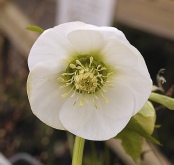
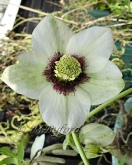
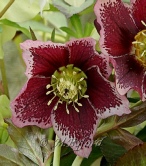
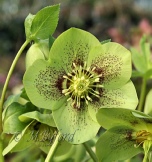
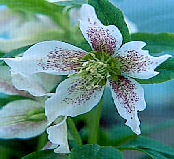
Cup form, round sepals, slightly nodding -
my favourite
Open flat form slightly nodding
Star shaped flat form
Open flat form outfacing
Very thin sepals not overlapping
I am often asked if we can breed upwards facing flowers. The answer is yes and we have done it but I don’t recommend them as they rot in wet weather because they hold the water and the anthers rot. The nodding flower has evolved to cope with heavy rainfall and snow whilst protecting the reproductive parts within. Flat outfacing is the most I recommend